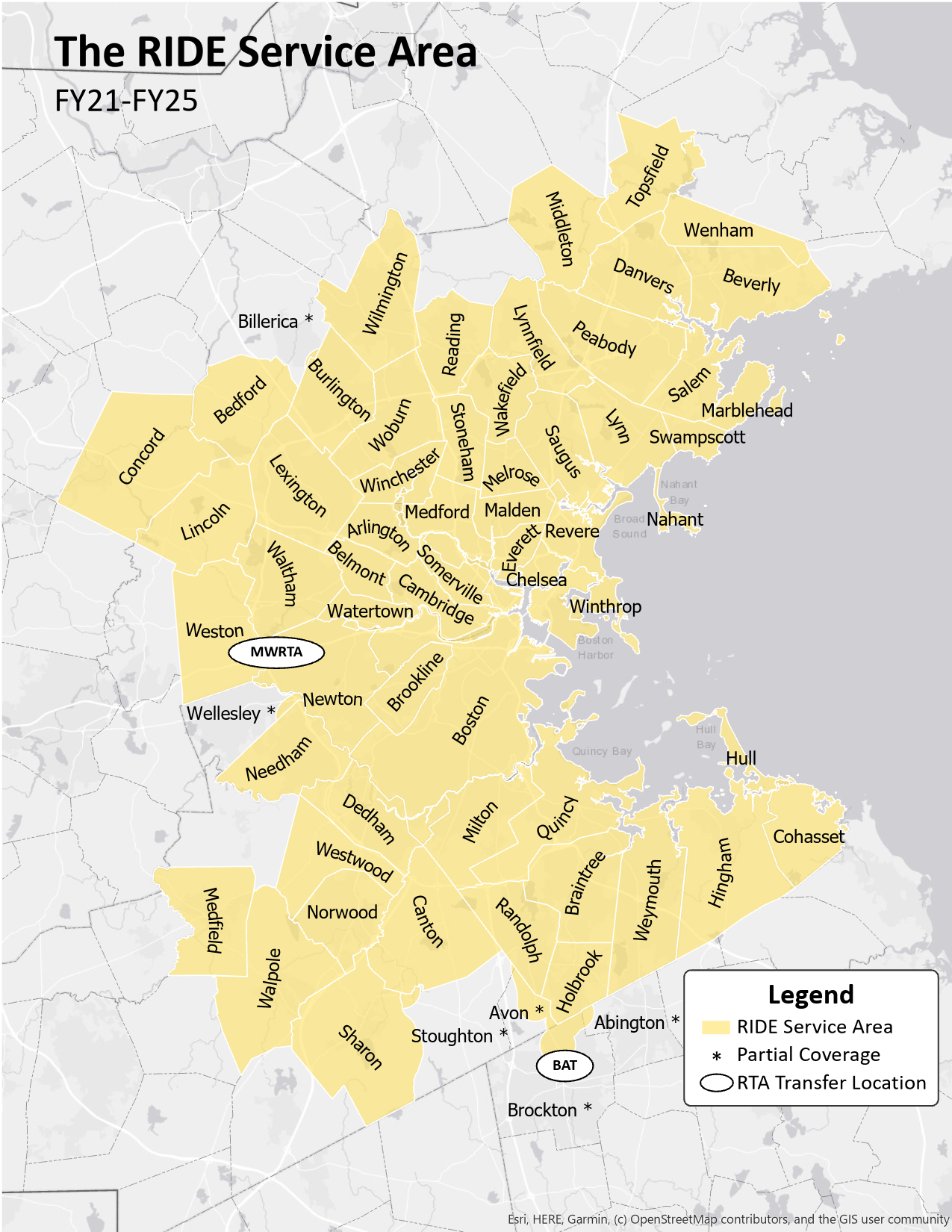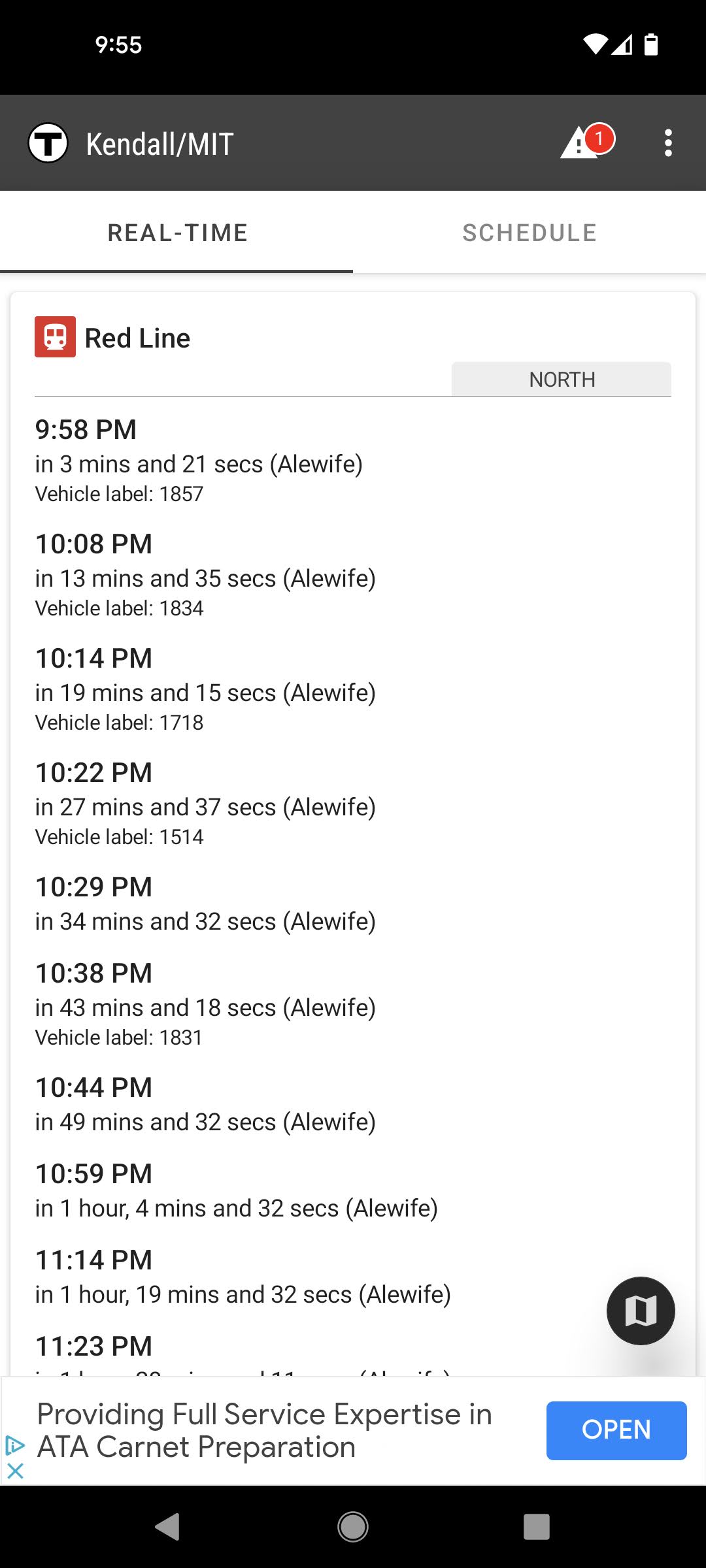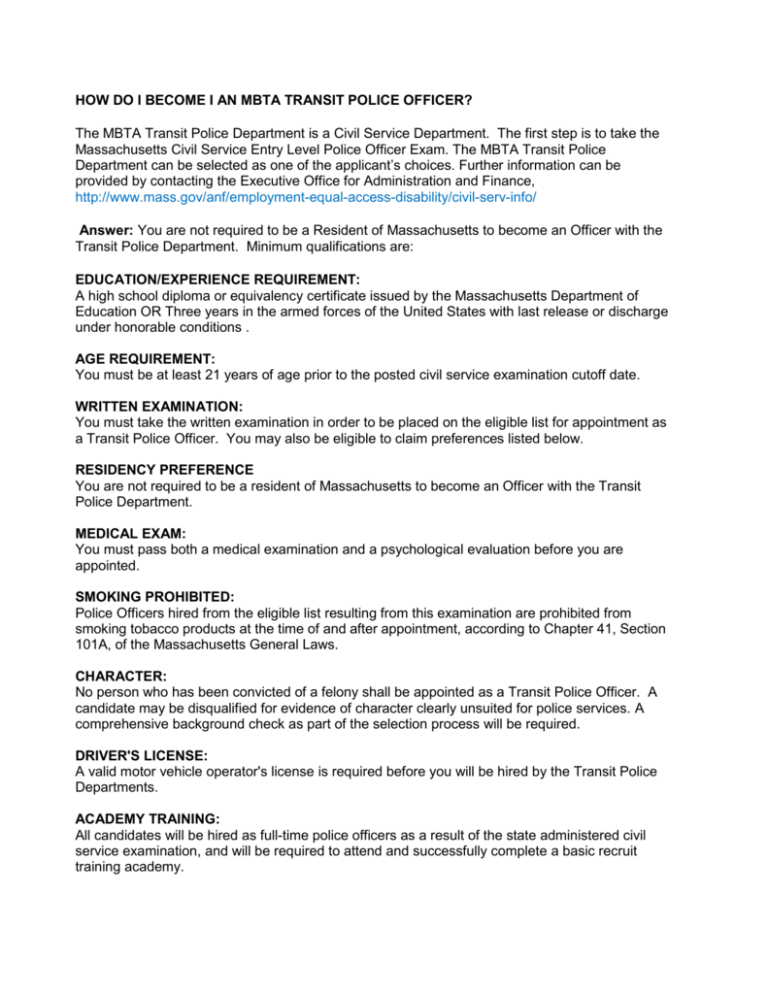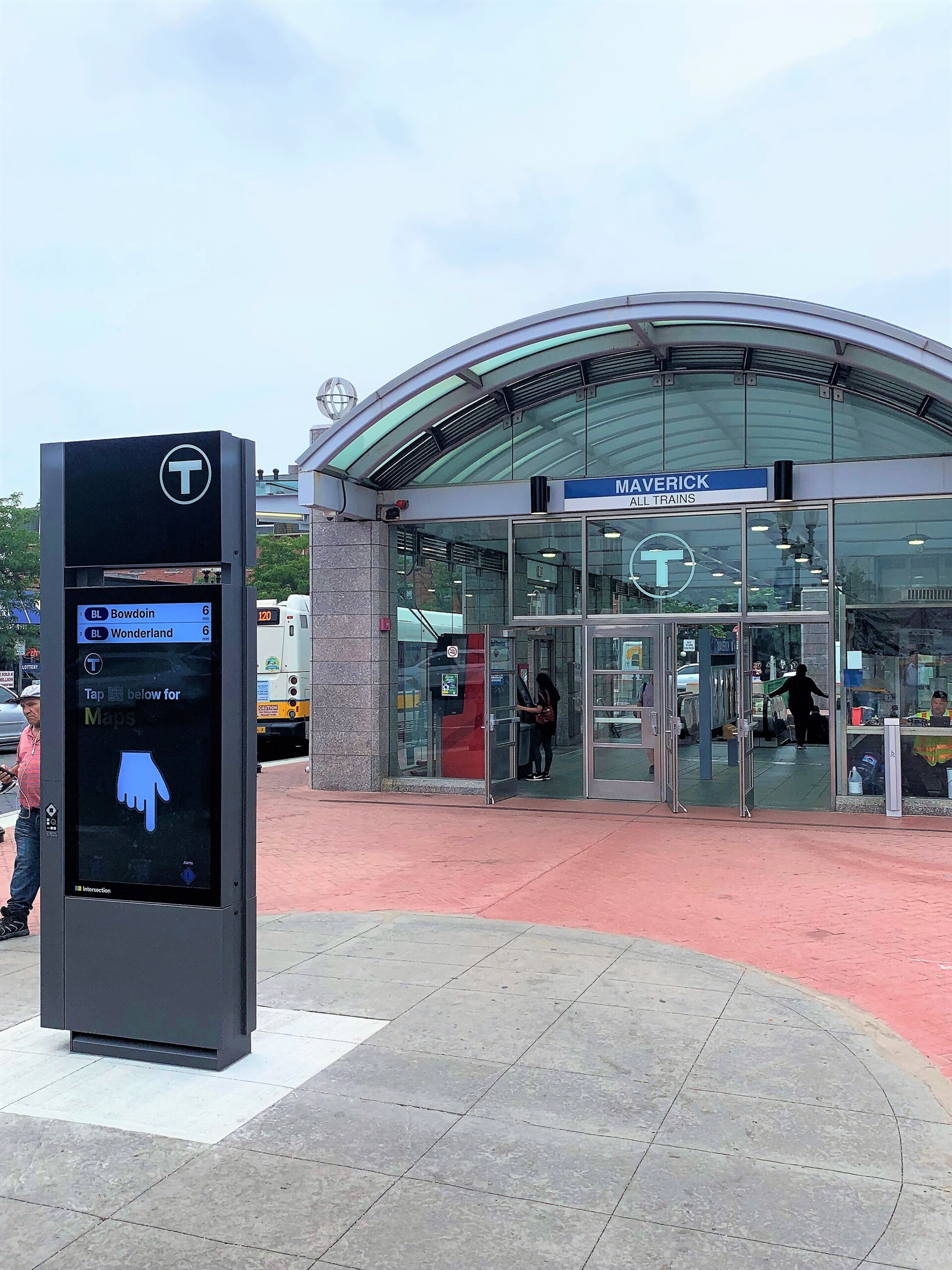Is the Massachusetts Bay Transportation Authority (MBTA) truly living up to its potential as the backbone of Greater Boston's transit network? **The answer, supported by recent data and ongoing developments, reveals a complex picture of progress, challenges, and the enduring need for improvement to serve the needs of riders, taxpayers and the public.**
A comprehensive look at the MBTA requires a multi-faceted approach, examining its operations, its engagement with the community, and its commitment to modernization. The system, which serves as the lifeblood of the Greater Boston area, faces a constant juggling act: maintaining aging infrastructure, incorporating new technologies, addressing concerns from riders, and planning for future growth. This multifaceted nature requires constant scrutiny and improvement.
A critical component of understanding the MBTA's performance lies in analyzing its data, including findings from recent passenger surveys. These surveys provide a valuable snapshot of rider experiences, revealing the strengths and weaknesses of the system from the perspective of those who rely on it every day. Such data can illuminate the effectiveness of various initiatives, from fare structures to communication strategies, and should be used to guide decision-making at all levels.
Beyond passenger surveys, the MBTA's activities are intertwined with a diverse array of stakeholders. The agency's interactions with local communities, municipalities, and private companies often shape the trajectory of specific projects. For instance, the granting of licenses to access MBTA property or work within its Zone of Influence (ZOI) underscores the system's role in facilitating various aspects of the economy and development. Each interaction, whether a simple permit or a massive infrastructure project, underscores the MBTA's intricate role in the metropolitan area.
The digital age also casts its shadow on the MBTA, with the use of social media as an important channel for communication. The MBTA's official Twitter feed, (@MBTA), serves as a direct line to the public, providing real-time updates on service disruptions, safety alerts, and general information. The use of this platform is critical for both the authority and the rider, as delays or emergency situations can spread quickly and it is vital that everyone stays informed.
Additionally, understanding the MBTA requires examining its internal structure and governance. The MBTA Advisory Board, for example, plays a pivotal role in advocating for riders, taxpayers, and the public. The board, comprised of a diverse group of individuals, provides critical oversight, ensuring accountability and transparency within the organization. Their published agendas, minutes, and reports create a clear window into the workings of the agency and promote public engagement.
A key component of the MBTA's strategy for the future is its push for modernization. The introduction of “Charlie”, the MBTA’s new fare payment system and online portal, represents a step toward a more user-friendly and efficient transit experience. Contactless payments and expanded digital features are only the first stages of the MBTA's vision for the future.
Finally, the MBTA's influence extends beyond its immediate operational responsibilities, impacting areas such as housing and urban development. For example, the *Section 3A MBTA Communities Zoning* regulation, which mandates that municipalities like Wilmington create multi-family housing districts, has a direct impact on the growth of the region. The MBTA, through its transportation infrastructure, directly impacts the availability of housing and has a critical role in shaping the future of communities throughout Greater Boston. This is especially true when cities are planning for greater efficiency, the MBTA is front and center.
As a comprehensive entity, the Massachusetts Bay Transportation Authority's role goes beyond simple operation. With its influence spanning multiple disciplines, including transportation, urban planning, and economic development, the MBTA is an indispensable piece of the Greater Boston puzzle. As the authority strives to meet the evolving needs of its riders and the community at large, its ongoing initiatives, challenges, and its commitment to progress, will continue to be of paramount importance for the future of the city.



